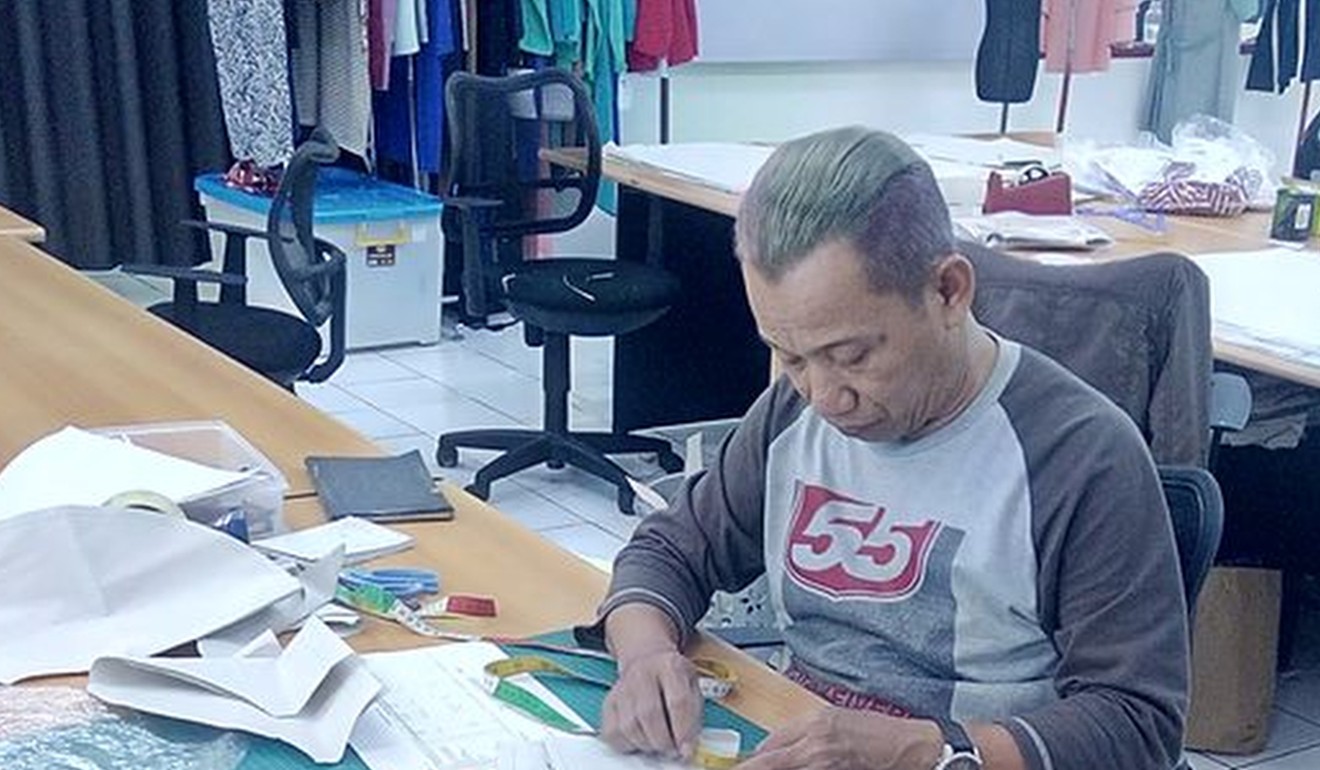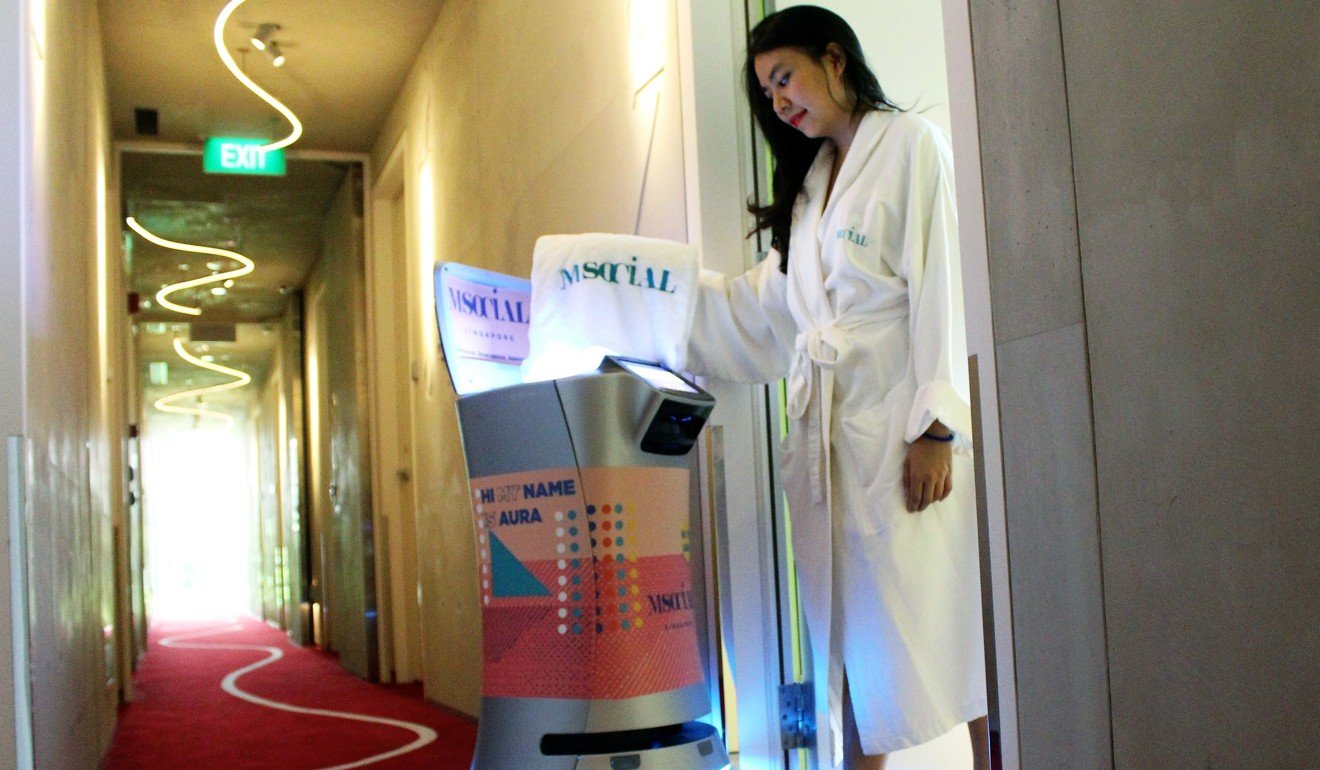
Artificial intelligence is on the rise in Southeast Asia, helping everyone from fashion designers to rice growers
As China and the United States compete for AI superiority, some of the most cutting-edge designs are emerging in Indonesia, Vietnam, Thailand and Singapore

Lingga Madu dreams that one day his company will design and sell fashionable clothes at a price everyone can afford. Born of past experience, it is a business vision very much focused on embracing the future.
Having grown up in Jogja – where the average daily wage of US$3 means it ranks as one of Indonesia’s poorest cities – the 32-year-old software engineer recalled how the latest fashions were beyond the reach of most people.
That memory stayed with him and in 2014 Madu founded Sale Stock, a Jakarta-based e-commerce company where the guiding principle is to make more by charging less.
The formula? A moneymaking marriage between fashion design and artificial intelligence (AI) allowing the latest AI technology to mine and analyse market data and customer behaviour to a level beyond human capability, thereby identifying designs that will sell and tailoring production accordingly.
The company claims increased sales coupled with the savings made by an AI-focused screening out of designs likely to fail allows its products to be priced two-thirds more cheaply. Using this approach means the company has more data scientists than fashion designers.
“We are actually an AI company; we just happen to sell clothes,” Madu said.

This marriage between AI and fashion is a vivid example of how businesses in Southeast Asia are embracing machine learning to advance their operations.
The race for AI superiority is headed by the United States and China.
In September, US lawmakers approved legislation that will mean up to 25,000 autonomous vehicles hit the road in 2018. The cap will then rise over three years to 100,000 units annually.
In China, an ambitious plan to roll out AI has begun with hospitals using virtual doctors to read CT scans and factories staffing production lines with robots. Even a public toilet in Beijing has embraced AI, managers there employing facial recognition solutions to catch people who steal toilet paper.
Analysts claim AI will unlock business opportunities and improve efficiency. A recent report by McKinsey, a global consultancy firm, estimated AI adoption in Southeast Asian factories could increase profits by as much as US$311 billion per year.
McKinsey noted one-third of the region’s major corporations mentioned terms such as “AI” and “machine learning” in their annual financial reports last year. By contrast, only 6 per cent of them did so in 2011.
The push towards AI technology has made Southeast Asia home to some of the world’s most cutting-edge solutions. In Thailand, for example, Bumrungrad International Hospital is the first medical institution outside North America to deploy IBM Watson for Oncology, an AI construct developed to advance and optimise cancer care.

Meanwhile, home-grown technologies have flourished. AI start-ups have found their way into financial institutes, logistic firms, and even less tech-savvy sectors such as agriculture.
In Vietnam, a crop intelligence start-up called Sero has encouraged rice growers to snap a photo of sick crops and upload it online. These photos are used to teach computers how to identify crop diseases.
The company claims its virtual scientist is capable of identifying 20 crop diseases with an accuracy of 70 to 90 per cent. Once the technology has developed further, it will send farmers crop disease diagnosis and suggested treatment options via a smartphone app.
For now, farmers in Vietnam largely rely on their experience to treat crop diseases, often ending up spraying too many chemicals – as well as their hard-earned money – into rice paddies.
At its core, though, AI is about money, men, women and machines and which combination of the four is best for business.
“One human agent can handle one customer at a time, while chatbots [could handle] thousands or even tens of thousands of customers at the same time,” said Irzan Raditya, co-founder of Kata, a Jakarta-based chatbot developer.
Raditya said his clients have saved at least 30 per cent in operation costs by “hiring” chatbots for customer services instead of relying on human agents.
One such client is Telkomsel, Indonesia’s leading telecom network operator, which now uses chatbots to answer 96 per cent of its inquiries.
But an increase in AI deployment means fewer jobs for people and the potential human cost of AI is something companies are not quite so keen to discuss. For now, the talk is of retraining and “job upgrades’’ for laid-off workers , who pays for the retraining and for what jobs remains unclear.
In Malaysia, the government recently revised its goal of introducing 1,500 data professionals by 2020 up to 16,000, as the demand for talent has increased in line with rising AI adoption.
So far, market observers claim, the use of AI has not led to significant job losses.
“The journey just started and it will be very hard [to replace humans with AI],” said Tak Lo, founder of Zeroth, an Asia-focused AI start-up accelerator based in Hong Kong.
Raja Hamzah Abidin, a partner of investment firm RHL Ventures in Kuala Lumpur, agreed. He cited the “reluctance of companies embracing change [and] an abundance of cheap labour” as major barriers facing the region in AI adoption. But in places like Singapore, where labour costs are relatively high, one in five manufacturers are already considering deploying robots and AI solutions, according to a 2017 survey.
Yet it may still take time until AI developers come up with suitable solutions. Some companies explain they struggle to get sufficient data needed for machine learning, due to a lack of data-collecting infrastructure and concerns about privacy.
Others complain that investors in Southeast Asia are reluctant to pour money into novel technologies, making it challenging for AI start-ups to raise funds and advance their solution.
On top of that is the issue of talent shortages. While countries in Southeast Asia are scrambling to train more AI professionals, companies insist that personnel is still in short supply.
“I have to fly to Silicon Valley to bring back talent,” said Madu, of Sale Stock. While luring talent away from the US takes time and effort, Madu said the good news is that “they all know e-commerce is picking up in Southeast Asia and something big is coming”. ■